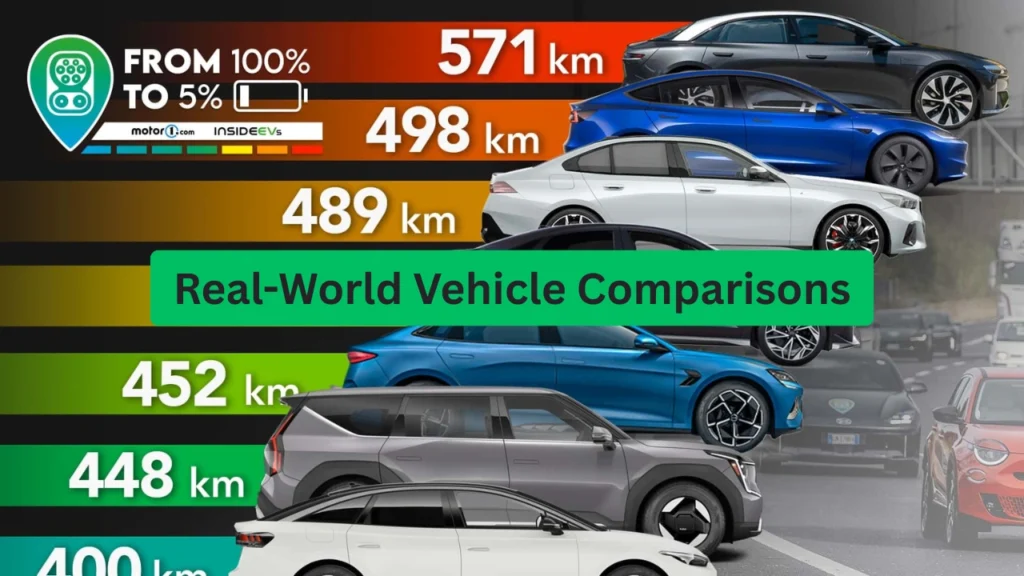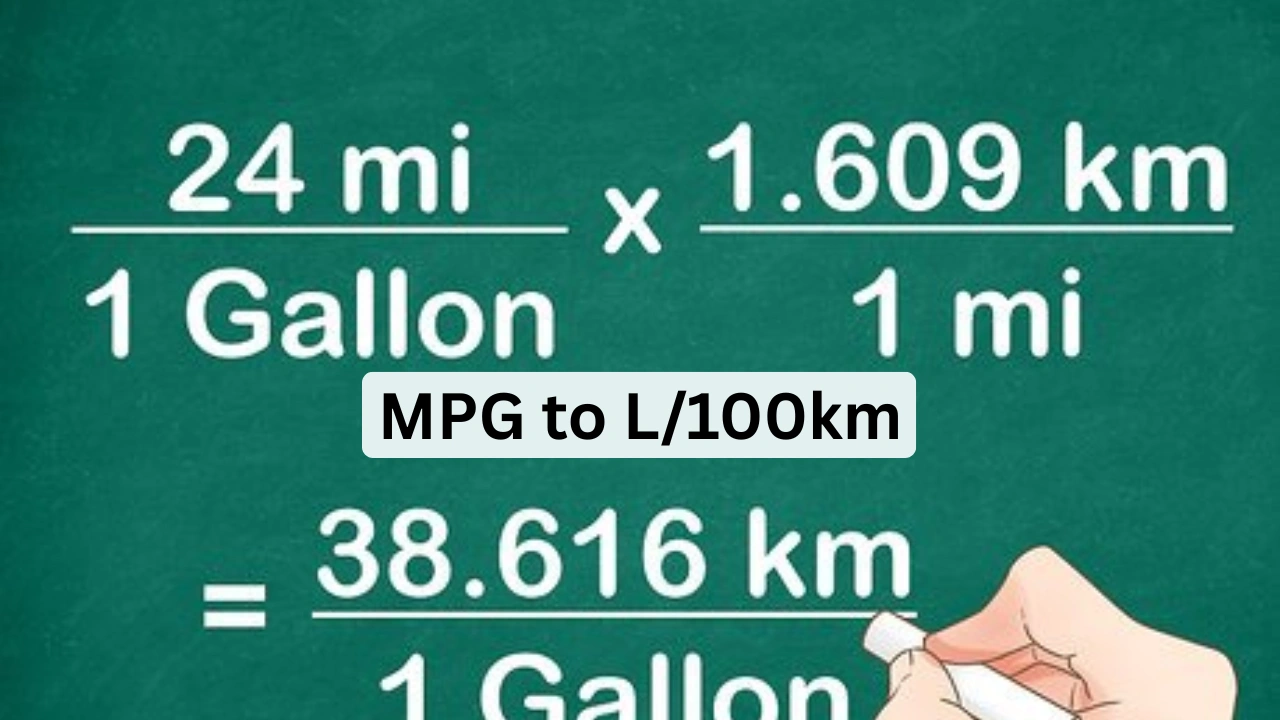Understanding MPG to L/100km: A Comprehensive Guide
Fuel efficiency is a crucial factor for car buyers and environmental enthusiasts alike. In the United States, fuel economy is commonly measured in miles per gallon (MPG), while most other countries use liters per 100 kilometers (L/100km). Understanding how to convert MPG to L/100km is essential for making informed decisions about vehicle performance and environmental impact.
What Are MPG and L/100km?
MPG to L/100km indicates how many miles a vehicle can travel on one gallon of fuel. A higher MPG value signifies better fuel efficiency. Conversely, MPG to L/100km measures the amount of fuel in liters a car consumes to travel 100 kilometers. In this case, a lower L/100km value indicates better efficiency.
Why Convert MPG to L/100km?
Converting MPG to L/100km is vital for comparing vehicles across different regions. For instance, if you’re importing a car from the U.S. to Europe or Asia, understanding its fuel consumption in L/100km helps assess its efficiency relative to local standards.
The Conversion Formula
To convert MPG to L/100km, use the following formula:
L/100km = 235.215 / MPG
This formula is based on the fact that 1 mile equals 1.60934 kilometers and 1 U.S. gallon equals 3.78541 liters. By applying this formula, you can easily convert any MPG value to its L/100km equivalent.
Real-World Vehicle Comparisons

Consider the following 2025 vehicle models and their fuel efficiency:
| Vehicle Model | Engine Size | MPG (City/Highway) | L/100km (City/Highway) |
|---|---|---|---|
| Toyota Corolla | 2.0L | 31.79 / 41.27 | 7.4 / 5.7 |
| Honda Civic | 2.0L | 30.55 / 39.2 | 7.7 / 6.0 |
| Toyota RAV4 (AWD) | 2.5L | 26.73 / 33.13 | 8.8 / 7.1 |
| Honda CR-V (AWD Turbo) | 1.5L | 25.85 / 30.95 | 9.1 / 7.6 |
These examples illustrate how engine size and vehicle type affect fuel consumption. Smaller engines typically offer better fuel efficiency, as seen in the Toyota Corolla and Honda Civic.
Professional & Informative
1. Provide Historical Context
Delve into the origins of fuel efficiency metrics. For instance, the U.S. adopted miles per gallon (MPG to L/100km) during the 1970s oil crisis to promote fuel conservation. In contrast, many other countries use liters per 100 kilometers (L/100km), aligning with the metric system. Exploring these historical choices can offer readers insight into why different regions prefer specific measurements.
2. Explain Technical Terms
Clarify terms like fuel economy and “fuel consumption.” While often used interchangeably, fuel economy typically refers to how far a vehicle can travel per unit of fuel (e.g., MPG), whereas fuel consumption indicates the amount of fuel used over a distance (e.g., L/100km). Defining these can help readers better understand the nuances.
3. Include Comparative Examples
Expand your sample conversion chart by adding more vehicle comparisons. For example, contrast fuel efficiency between compact cars, SUVs, and trucks. Highlight how engine size, vehicle weight, and aerodynamics influence fuel consumption. This provides practical context for the metrics discussed.
4. Discuss Real-World Implications
Explain how understanding MPG and MPG to L/100km affects consumer decisions. For instance, a vehicle with higher fuel efficiency can lead to significant cost savings over time and reduce environmental impact. Discussing these implications makes the information more relevant to readers.
5. Add Visual Aids
Incorporate graphs or infographics showing fuel consumption trends over time or comparisons between different vehicle types. Visual elements can make complex data more accessible and engaging.
Factors Influencing Fuel Efficiency
Several factors impact a vehicle’s fuel efficiency:
- Engine Size: Smaller engines generally consume less fuel.
- Vehicle Weight: Heavier vehicles require more energy to move.
- Driving Habits: Aggressive driving can decrease fuel efficiency.
- Maintenance: Regular servicing ensures optimal performance.
Conclusion:
Understanding the difference between Miles Per Gallon (MPG) and Liters per 100 Kilometers (L/100km) is essential for making informed decisions about vehicle efficiency and environmental impact. While MPG is more commonly used in the United States, L/100km is the standard in many other countries, especially those using the metric system. Both measurements provide valuable insights into how much fuel a vehicle consumes, though they express it in opposite ways MPG focuses on distance traveled per unit of fuel, while L/100km emphasizes fuel consumed per distance traveled.
By comparing different vehicle types and engine sizes, it’s clear that smaller, more efficient engines generally offer better fuel economy, though often with trade-offs in power and performance. As fuel efficiency becomes an increasingly important factor for consumers due to rising fuel costs and environmental concerns, understanding these metrics can guide smarter purchasing and driving decisions.







